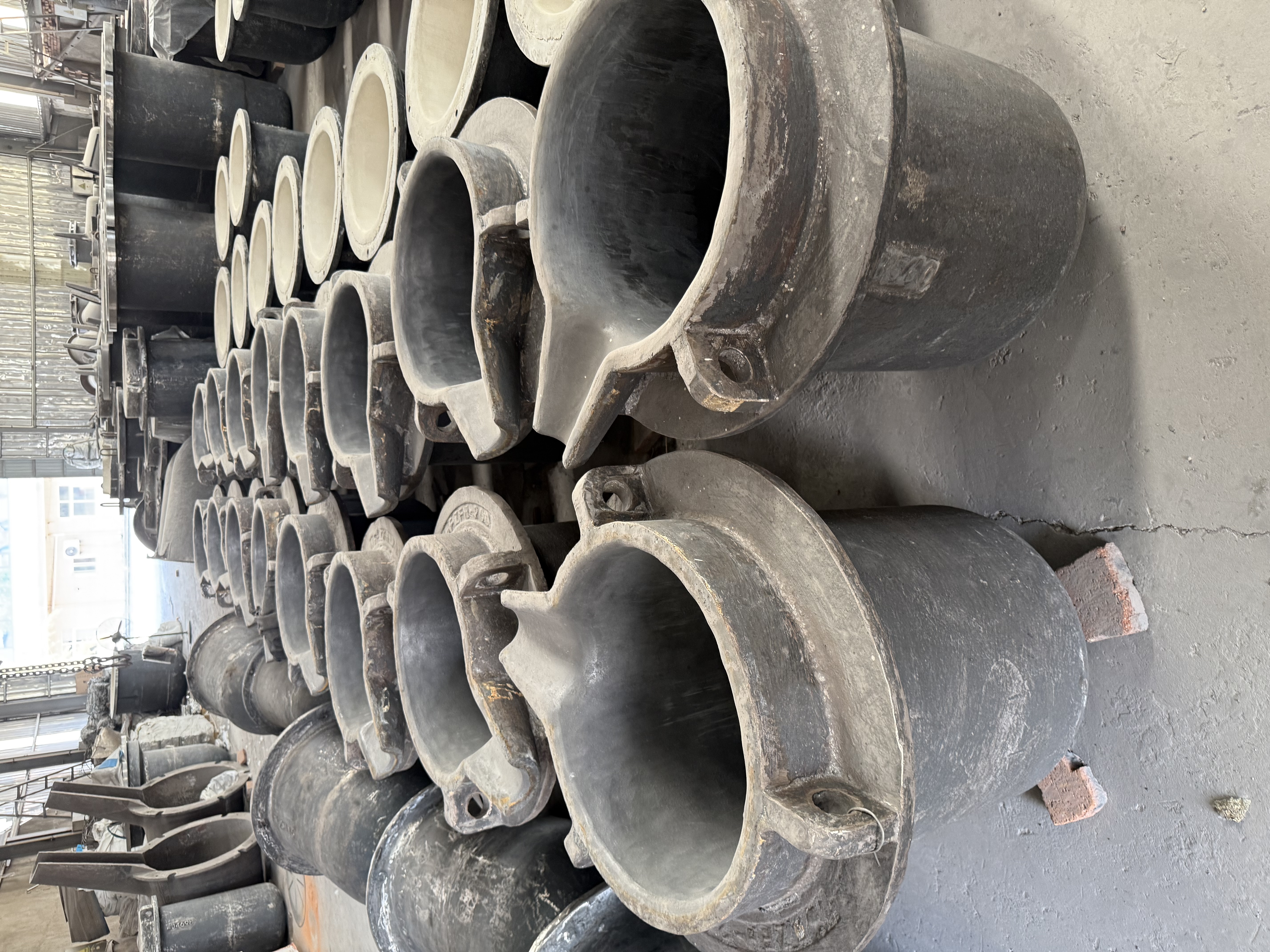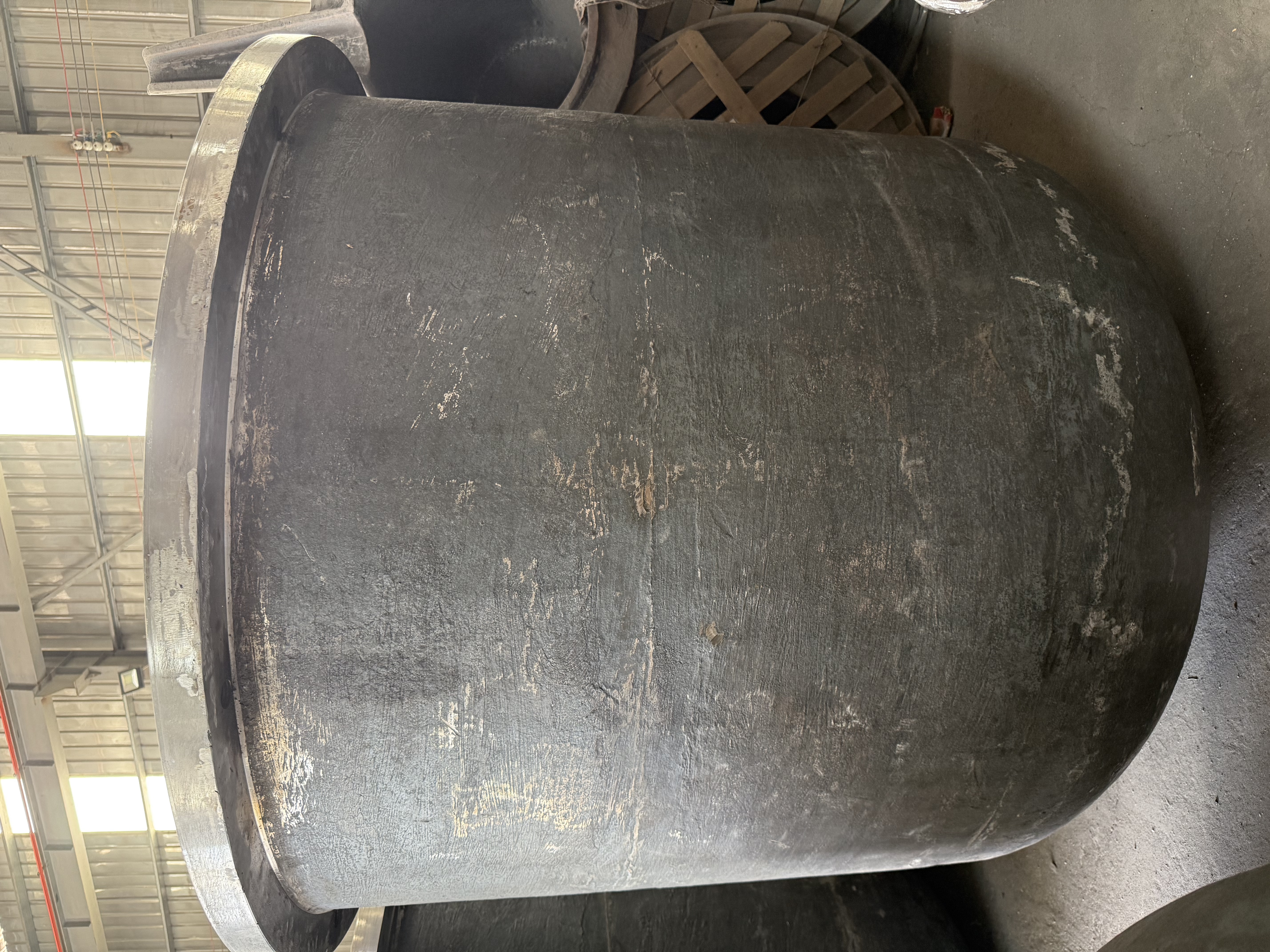440c heat treatment
440C heat treatment is a crucial process in maximizing the potential of this high-carbon stainless steel alloy. The process typically involves heating the steel to temperatures between 1850-1950°F (1010-1066°C), followed by controlled quenching and tempering. This precise thermal manipulation fundamentally alters the steel's microstructure, resulting in an optimal balance of hardness, corrosion resistance, and wear resistance. During the heat treatment, carbides are dissolved into the austenitic structure, and upon quenching, transform into martensite, which provides the characteristic hardness. The subsequent tempering process, usually performed at temperatures between 300-600°F (149-316°C), helps relieve internal stresses while maintaining desired hardness levels. This treatment can achieve hardness values up to 58-60 HRC, making it particularly suitable for high-wear applications. The process requires strict temperature control and timing to ensure consistent results across different batches. Modern heat treatment facilities employ computer-controlled furnaces and precise temperature monitoring systems to maintain these exacting standards. The treatment's success is particularly evident in applications requiring both corrosion resistance and wear resistance, such as high-end cutlery, surgical instruments, and precision bearing components.

